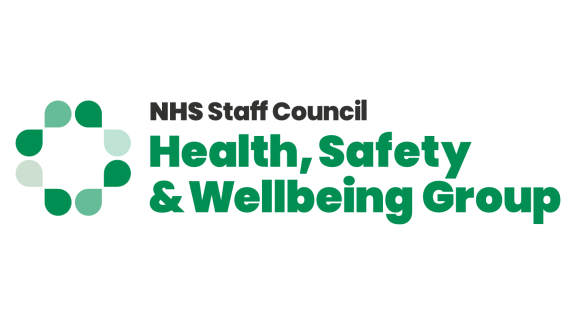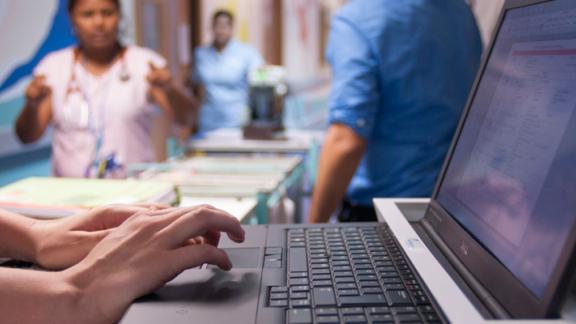Lone working
Homeworkers should be considered lone workers as they work by themselves without close or direct supervision. Employers should identify any risks to lone workers from the work activity and the work environment and put measures in place to reduce the risk. Measures could include keeping in contact with the worker, providing training and information and ensuring they know who to contact if they need to raise concerns. Employers should also have escalation processes in place if they are unable to contact a lone worker, including those working alone at home, such as holding emergency contact details.
Mental Health and Wellbeing
There are many positive mental health benefits of home and hybrid working including a better work life balance and less time travelling. However, work pressures can be intensified for home or hybrid workers especially where there are no boundaries between work and home and there is a culture of expectations that staff will be available at all hours. It is important that managers monitor workloads and demands and set a culture that allows people to ‘switch off’ when contractual hours end. A report by Autonomy (2021) on the right to disconnect found that workers who are given the chance to switch off mentally from their work are generally more productive, engaged on the job and convivial with colleagues. On the other hand, if workers do not have the ability to ‘switch off’ mentally from their work, they are more likely to experience symptoms of exhaustion.
A CIPD/Simplyhealth Health and Wellbeing at Work survey found more than 77 per cent of employers had observed ‘presenteeism’ – people working when unwell – in employees who were working from home. Additionally, 30 per cent of remote workers reported working more unpaid hours than before the pandemic. 70 per cent of employers found ’leavism’ – working outside of contracted hours or using annual leave to work – was also an issue (CIPD/SimplyHealth (2021). Managers should be aware of the risk of presenteeism and leavism and take steps to address any risks to wellbeing at both an individual, team and organisational level.
Other common causes of stress in home workers include problems with IT systems, which stop them meeting deadlines.
Isolation and loneliness can also be an issue for home workers. Young workers and those who are new to the work environment may be particularly at risk. It is important that there is regular formal and informal contact with colleagues, teams and managers. e.g. virtual tea breaks
The Health and Safety Executive/Health and Safety Executive Northern Ireland require employers to carry out risk assessments of the work-related causes of stress and home and hybrid workers should be included as part of the assessment. These assessments will help identify risks from excessive workloads and the inability to switch off along with other issues such as isolation and lack of support.
Read the HSWG stress guidance.
Domestic Abuse
Some members of staff may be at greater risk of domestic abuse or violence due to home working. Domestic abuse can affect anyone regardless of age, disability, ethnicity, gender, sexual orientation, occupation, religion or social status, including NHS staff. Employers should recognise the serious adverse effects that domestic abuse or violence can have both on the home and working lives of staff. It is important that managers regularly check in with home working staff and pick up on any cues that they could indicate that they are experiencing domestic abuse including a change in behavior, not using visual aids when in the meeting, seeming withdrawn or acting irritably.
Employers are encouraged to have policies and training that includes how to recognise and support the safety and wellbeing of staff who may be experiencing domestic abuse.
Read the HSWG domestic abuse guidance.
Verbal abuse from service users
Verbal abuse can also happen in the home environment when home workers are dealing with calls from service users and members of the public. The impact may be worse for homeworkers as for many the home can be a safe space. Managers should encourage staff to report abuse through incident reporting procedures and ensure staff are trained in de-escalation of verbal abuse as well as offering support and a debrief to those who have experienced abuse.
Physical working environment
Other health and safety risk that should be considered as part of a general risk assessment include:
- Slips, trips and falls - employers should provide advice on preventing slips trips and falls in the homeworking environment, e.g., minimising trailing wires and keeping area clear of obstructions and spillages.
- Fire Safety – Furnishing provided by the employer such as office chairs should meet the Furniture and Furnishing (Fire Safety) Regulations 1988 (as amended in 1998 and 2010) and meet British Standard 7176:2007 (BS 7176). The employer should also provide information and training on reducing the risk of fires within home working environments including making sure electrical cables aren’t frayed or damaged, turning off computers and monitors when not in use and general home fire safety information such as the installation and testing of domestic smoke alarms.
- Electrical safety – Employers are responsible for electric equipment they have provided to workers and should check that it is being used in a safe environment. Employees should be asked to do visual checks for any damage to sockets, plugs or leads used in connection with their work and given advice on the hazards of overloaded extension cables. A programme of PAT testing, proportionate to the type of equipment being used, should be introduced for homeworkers. For further information see maintaining portable electrical equipment in low-risk environments.




